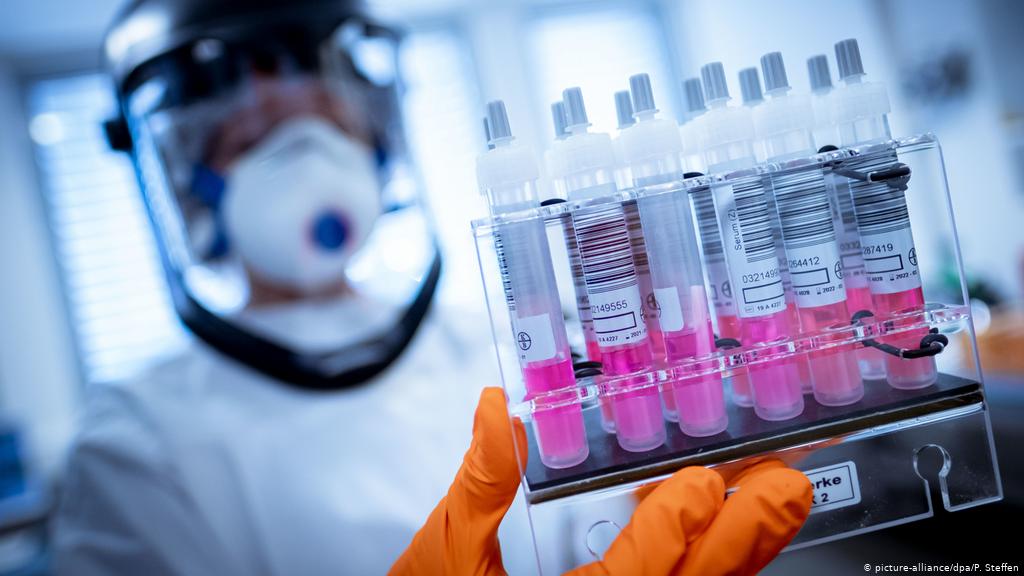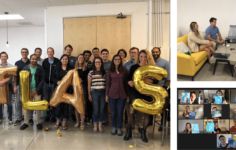There is a near-consensus view that severe acute respiratory syndrome coronavirus (SARS-CoV-2), the causative agent of COVID-19, has a natural zoonotic origin; however, several characteristics of SARS-CoV-2 taken together are not easily explained by a natural zoonotic origin hypothesis.
These include a low rate of evolution in the early phase of transmission; the lack of evidence for recombination events; a high pre-existing binding to human angiotensin-converting enzyme 2 (ACE2); a novel furin cleavage site (FCS) insert; a flat ganglioside-binding domain (GBD) of the spike protein which conflicts with host evasion survival patterns exhibited by other coronaviruses; and high human and mouse peptide mimicry.
Initial assumptions against a laboratory origin by contrast have remained unsubstantiated.
Furthermore, over a year after the initial outbreak in Wuhan, there is still no clear evidence of zoonotic transfer from a bat or intermediate species. Given the immense social and economic impact of this pandemic, identifying the true origin of SARS-CoV-2 is fundamental to preventing future outbreaks. The search for SARS-CoV-2′s origin should include an open and unbiased inquiry into a possible laboratory origin.
According to a new study by Segreto, R., Deigin, Y., McCairn, K. et al. that was published in March 2021: No, we should not. An overview of what the researchers say is as follows:
There is a near-consensus view that severe acute respiratory syndrome coronavirus (SARS-CoV-2), the causative agent of COVID-19, has a natural zoonotic origin; that is, it can be transmitted by animals to humans.
Nevertheless, over a year after the initial outbreak in Wuhan, there is still no clear evidence of zoonotic transfer from a bat or intermediate species.
Although there have been a lot of attempts through research to prove the above claim the initial assumptions against the laboratory origin of the virus are still unfounded.
There are 3 possible routes of SARS-CoV-2 transmission to humans:
a Direct infection from bats to humans either natural or due to virus sampling.
b Infection of humans via an intermediate host such as pangolins or other mammals.
c Laboratory hypothesis: sampling from wild bats followed by different laboratory steps such as RNA extraction and sequencing, virus isolation or synthesis from a given sequence, growth in cell culture and infection assays, genetic engineering, passage in humanized mice or other animal models. Human infection may be caused by accidental escape of the virus from the laboratory environment.
Although the first two scenarios are possible and most of research were conducted to prove their validity, further analysis showed that they do not agree with 100% of the findings. The alternative hypothesis that SARS-CoV-2 leaked from a laboratory, has been widely dismissed (Rasmussen 2021), yet very few papers counter this theory with data analysis (Andersen et al. 2020; Liu et al. 2020b; Graham and Baric 2020)
The search for SARS-CoV-2′s origin should include an open and unbiased inquiry into a possible laboratory origin.
To help prevent future viral pandemics, it is of pivotal importance to identify the source of the virus, and this is only possible with an unbiased analysis of all data available. We couple this work with calls from recent opinion pieces and comparative studies questioning a zoonotic origin (Sousa 2020; Sirotkin and Sirotkin 2020; Relman 2020; Segreto and Deigin 2020; Butler 2020; Sallard et al. 2021) via a review of the latest literature and propose an alternative to the natural zoonosis hypothesis.
While a natural origin is still possible and the search for a potential host in nature should continue, the amount of peculiar genetic features identified in SARS-CoV-2′s genome does not rule out a possible gain-of-function origin, (that is a procedure where scientists try to make a virus deadlier and intervene in their transmission ability) which should be therefore discussed in an open scientific debate.


















